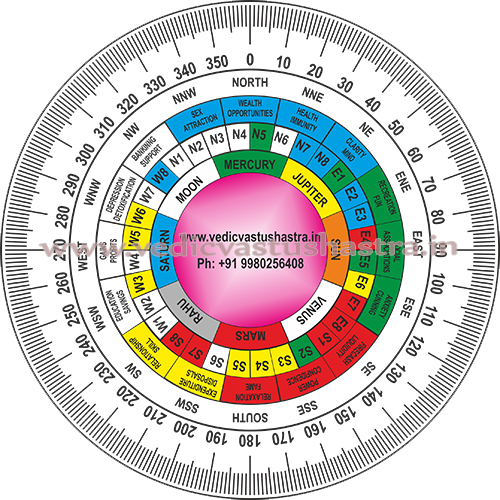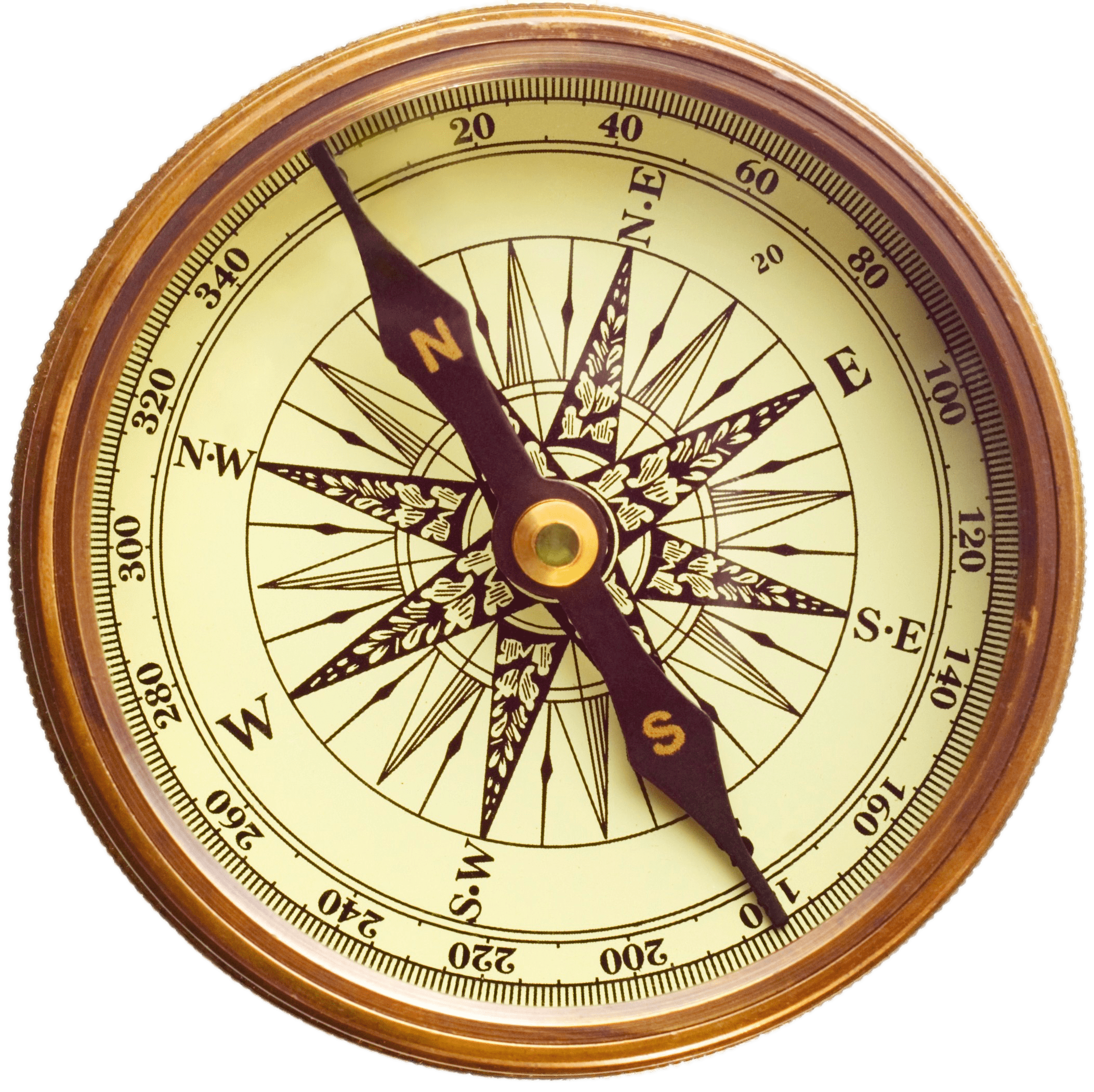
MahaVastu Chakra

Vastu Chakra , often referred to in the context of Vastu Shastra, is a conceptual framework used in traditional Indian architecture and design. Vastu Shastra is an ancient science that combines various elements such as architecture, design, and astronomy to create harmonious living spaces. The Vastu Chakra helps in determining the proper placement of rooms, furniture, and other elements within a building to ensure positive energy flow and balance..
Elements (Panchabhutas): Earth (Prithvi), Water (Jal), Fire (Agni), Air (Vayu), and Space (Akash). The placement of rooms and objects should balance these elements to enhance the positive energy within the building.
Residential Buildings: Ensuring proper orientation and layout of rooms to promote health, wealth, and happiness. Commercial Spaces: Designing offices and workplaces to enhance productivity and financial success. The Vastu Chakra serves as a guide to creating harmonious living and working environments that align with the natural forces and energies of the universe.
16 DIRECTIONS OF VASTU
In Vastu Shastra, the concept of 16 directions (known as "Shodasha Vastu") extends the traditional eight cardinal and ordinal directions by further subdividing them. Each direction is associated with specific deities and influences, and understanding these can help in designing spaces that are in harmony with natural energies. Here is a breakdown of the 16 directions and their significance:
East (Purva): Deity: Indra Significance: Prosperity and new beginnings: Southeast (Agneya) Deity: Agni Significance: Fire, kitchen, energy South-Southeast (Eshanya): Deity: Vayu Significance: Comfort and relaxation South (Dakshina): Deity: Yama Significance: Stability, fame, and relaxation South-Southwest (Nirutya): Deity: Pitru Significance: Ancestors, history, support Southwest (Nairutya): Deity: Nairuti Significance: Strength, stability, heavy storage West-Southwest (Pashchim): Deity: Varuna Significance: Prosperity, comfort, and pleasure West (Paschima): Deity: Varuna Significance: Prosperity and fulfillment West-Northwest (Vayavya): Deity: Vayu Significance: Movement, health, and well-being Northwest (Vayavya): Deity: Vayu Significance: Relationships, communication, and guests North-Northwest (Vayavya): Deity: Rudra Significance: Wealth, security, and growth North (Uttara): Deity: Kubera Significance: Wealth, prosperity, and career North-Northeast (Ishan): Deity: Soma Significance: Knowledge, wisdom, and spirituality Northeast (Ishanya): Deity: Ishanya Significance: Meditation, purity, and auspiciousness East-Northeast (Ishanya): Deity: Aditi Significance: Growth, progress, and expansion Center (Brahmasthan): Deity: Brahma Significance: Balance, energy, and harmonyApplications: Residential Design: Proper placement of rooms and furniture in accordance with the 16 directions can enhance health, wealth, and overall well-being. Commercial Spaces: Aligning office layouts and seating arrangements with these directions can boost productivity and financial success. Sacred Spaces: Design of temples and meditation centers to ensure optimal spiritual energy flow. The knowledge of these 16 directions allows for a more nuanced approach to Vastu Shastra, enabling the creation of spaces that are finely tuned to harness positive energies and promote holistic well-being.

32 Main Entrances
In Maha Vastu, the placement of the entrance is considered extremely important for attracting positive energy and ensuring the well-being of the inhabitants. The entrance is the main point where energy enters a building, and its placement in relation to the 16 directions can have significant impacts. Here’s a detailed look at the entrance in Maha Vastu:
Importance of Entrance in Maha Vastu: Energy Flow: The entrance determines the type and quality of energy that flows into the house or building. Wealth and Prosperity: A well-placed entrance can attract wealth, health, and happiness. Health and Harmony: It influences the mental and physical health of the occupants..E1,E2, E3,E4,E5,E6,E7 & E8 IN East
W1,W2,W3,W4, W5,W6,W7 & W8 In West
N1,N2,N3,N4,N5,N6,N7 & N8 in North
S1,S2,S3,S4,S5,S6,S7 & S8 in South
In Maha Vastu, the entrance is a crucial element that significantly influences the overall energy of a space. By understanding and applying the principles of Vastu Shastra, one can create a harmonious and prosperous living or working environment.

Maha Vastu Remedies
Maha Vastu is a contemporary approach to Vastu Shastra, the ancient Indian science of architecture and spatial arrangement. It involves analyzing the influence of spatial orientations on various aspects of life and implementing remedies to create balance and harmony in one's living or working space. Here are some common remedies in Maha Vastu
1. ColorsNorth Zone: Use green to enhance business opportunities. South Zone: Use red to increase power and confidence. East Zone: Use light blue to improve social connections and growth. West Zone: Use white or gray to support gains and profits.
2. Elements
Water (North-East): Placing a water fountain or an aquarium can enhance creativity and prosperity. Fire (South-East): Lighting a lamp or using red objects can strengthen power and energy. Earth (South-West): Keeping heavy items or yellow objects can provide stability and support. Air (North-West): Hanging wind chimes or placing light objects can improve social interactions and networking. Space (Center): Keeping this area clutter-free can enhance overall harmony and well-being.
3. Directional Remedies
North: For career growth, place a picture of flowing water or a lush green plant. South: For fame and recognition, hang a picture of a rising sun or use red candles. East: For health and family harmony, place a picture of the morning sun or use green plants. West: For gains and profits, use white flowers or metallic objects.
4. De-Cluttering
Removing unnecessary items and keeping spaces clean and organized can significantly improve energy flow and create a more positive environment.
5. Lighting
Proper lighting, especially natural light, is crucial for maintaining good energy. Ensure that the space is well-lit and use bright lights in areas where positive energy is needed.
6. Furniture Arrangement
Arranging furniture in alignment with Vastu principles can help in balancing energies. For instance, the bed should be placed in the south-west corner of the bedroom, and one should sleep with the head towards the south.
These are few basic remedies, realtime will have more advanced one....

Vastu Purusha Mandala

Vastu Purusha is a central figure in the ancient Indian architectural science of Vastu Shastra. He is considered the deity of buildings and structures, and his presence is believed to influence the energies within a space. The Vastu Purusha Mandala is a symbolic diagram used in Vastu Shastra that represents the cosmic man or spirit of the building. Here’s an overview of the Vastu Purusha and its significance:
Origin of Vastu Purusha According to ancient Indian texts, the Vastu Purusha is a mythical being who was created during a cosmic battle between the gods (Devas) and demons (Asuras). During the battle, a powerful demon was thrown down to the Earth by Lord Brahma. The demon fell face down, covering the Earth with his enormous body. To contain his power, the gods pinned him down, each taking a position on his body, thus forming the Vastu Purusha Mandala.
Vastu Purusha Mandala The Vastu Purusha Mandala is a grid, usually consisting of 64 (8x8) or 81 (9x9) squares, which forms the basis for Vastu Shastra. Each square in the grid is ruled by a specific deity and is associated with a particular direction and aspect of life.
Significance of Directions North (Kubera): Wealth and prosperity. South (Yama): Dharma, or righteousness. East (Indra): Growth and enlightenment. West (Varuna): Gains and fulfillment. North-East (Ishana): Spirituality and mental peace. South-East (Agni): Energy and power. South-West (Nirriti): Stability and strength. North-West (Vayu): Movement and change.
Contact Us

Advance Vastu Shastra
Nanjappa (International Vastu Trainer & Coach ),
